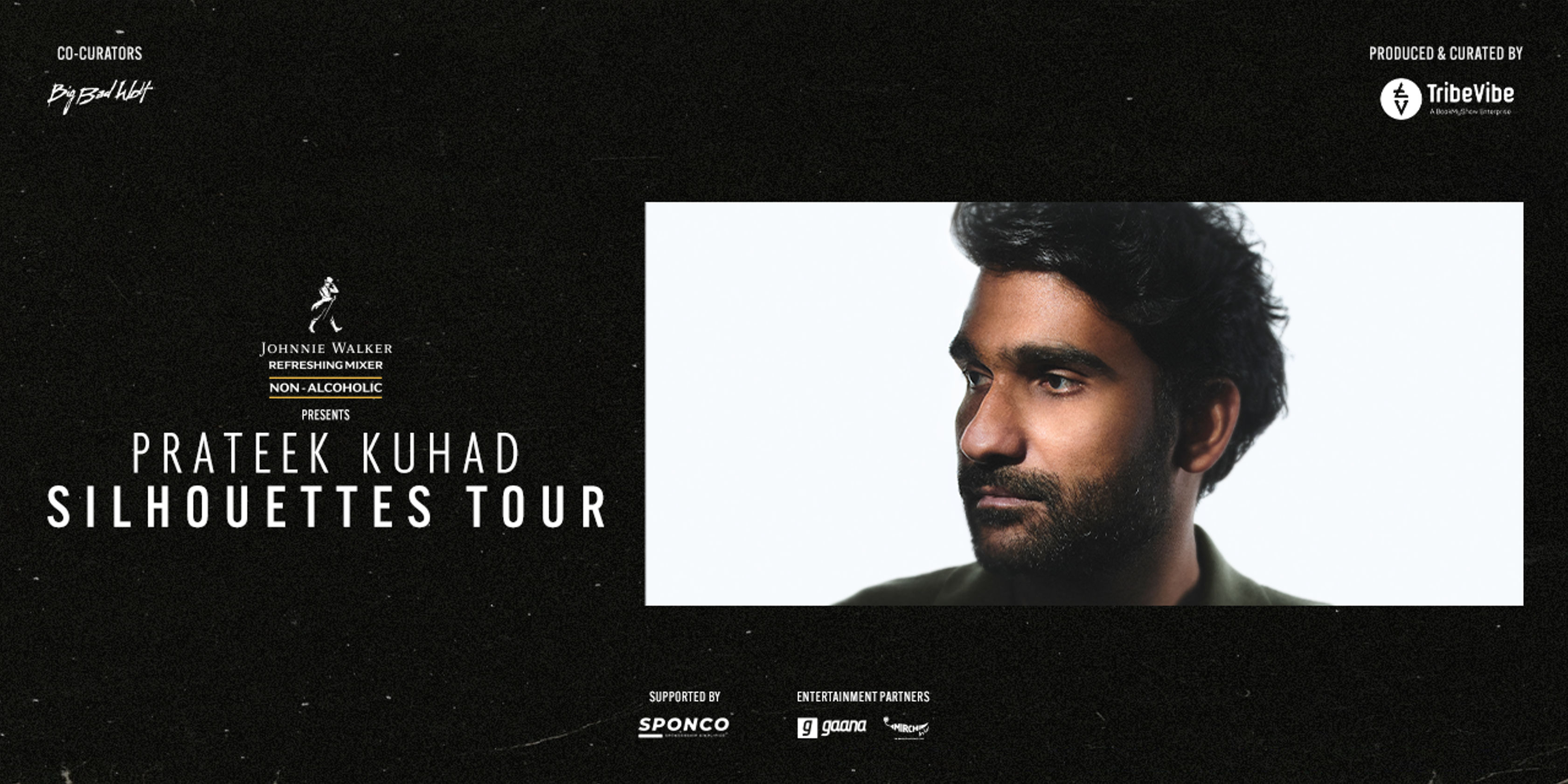Search Topic
A Simple Guide To Raag Bhairav

The king of morning ragas is Raag Bhairav. This raga stimulates the senses. It is vitally important that Rishabh and Dhaivat in this Raag oscillate, as this energizes the mood in the Raag. It is an Indian classical raga associated with the Bhairav Thaat. In the mornings and as the beginning piece at concerts, it is a sampurna raga that is traditionally performed. It defines the Thaat, or style, that it belongs to. It is helpful to understand how the name “Bhairav” came to be associated with the viciousness of Lord Shiva due to its etymological roots. Bhairav raga is an ancient raga that is considered to be extremely old and originated many centuries ago.
The origin of Bhairav raga is disputed. According to some musicians, Bhairav raga was the first raga that originated from the mouth of Lord Shiva. While some musicians argue that Bhairav raga originated from the mouth of Lord Surya. This is why it was sung in the daytime. Bhairava is one of the names of Shiva especially in his powerful form as a naked ascetic with matted locks and body smeared with ashes. The ragas too have some of these masculine and ascetic attributes in their form and compositions.
There can never be enough appreciation for the importance of Bhairav in Indian tradition. Even the unlettered in the land have encountered it in some way.
The Structure of the Raag Bhairav
Raag Bhairav is a popular North Indian classical raga of the Bilawal thaat. It is also classified as a Bihagara thaat (not to be confused with Bhairavi thaat). Since Raag Bhairav is a melakarta raga, it is derived from every scale (or mode) in the way that Sarang is derived from all seven scales.
The Raag is a collection of notes as well as a scale. It indicates the foundation of the music to be played and expresses a rasa or mood. The rasa can be either happy, peaceful, or soothing among other possibilities.
It is said that there are nine bhairavi ragas.
The first three are called the lower bhairavis, the next three are called the middle bhairavis, and lastly, the higher bhairavis. The higher bhairavis are not sung very often in comparison to their lower counterparts. They are also more complex to sing than the lower bhairavis.
How to play Raag Bhairav?
To play Raag Bhairav, which is very famous in Northern Indian Music, you need a good command over all the notes. The Raag has five notes in it. These five notes are Sa Re Ga Ma Pa Dha Ni (or Re Ga Ma Pa Dha Ni Sa).
Also, there are three types of Re and all of them have their own special significance, they are :
Raag Bhairav is basically a morning Raag and its recital time is from early morning to noon. It is played in the evening also but the effect of this Raag is not as much as in the morning.
Raag Bhairav is a north Indian classical music raga. It is very popular in the Hindustani classical tradition.
The raga is also referred to as Bihag-Bhairav, Bihagra, Bhairavi and Bhairav-Bihag.
I learned this Raag by listening to a song composed by Pandit Jasraj in the movie Mere Apne. The song was originally sung by Kishori Amonkar and later covered by Meena Kapoor. I was extremely impressed with the rendition of both these singers.
Some Notable Compositions in this raag
This raga was created in the early days of the 18th century by the great Maratha king, Chhatrapati Shivaji. The legend goes that he used to listen to a bhajan composed by saint Tukaram and got so inspired by it that he created this raga.
This is a very old raga. It appears in some of the ancient texts like ‘Adnyapatra’ and ‘Ratnasahib’. Most scholars consider it as an ancient raga.
In this raga, Pancham (Pa) and Shadj (Sa) are important.
Anand Bhairav is a raga of Hindustani classical music. It is very popular in the Indian subcontinent.
Bhairav is one of the most popular ragas in Hindu tradition. It is sung during the spring season, and is considered to be a youth raga. Bhairav is also called as Hari-Bhava-Gauri due to its popularity with Lord Krishna and Radha.
Raag Bhairav (pronounced “bheer-aawn”) is a North Indian classical raga and the basis for popular film songs, including the famous “Jaago, Mohan Pyare Jaago” from the film Jagte Raho.
“bhor bhaye panghat pe” from the film Satyam Shivam Sundaram
The raga has a very dark complexion with both somber and bright moods. It is typically performed at night, and evokes images of early morning hours or moonlight. The scale is as follows:
Sa – Re – Ga – Ma – Pa – Dha – Ni – Sa (S R2 G2 M1 P D1 N2 S)
Conclusion
The raag is very beautiful and a popular choice among the classical Indian musicians. It depicts the yearning of a lover, who is in separation from his beloved. In this post, we’ve provided you with some simple guidelines that should help make learning about music a little easier. We hope these tips have been helpful! If there is anything else we can do for you, please let us know by visiting our website today.








